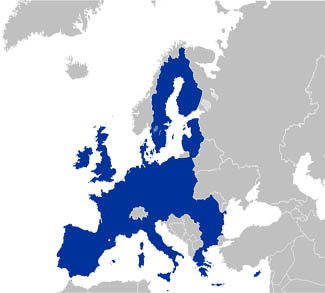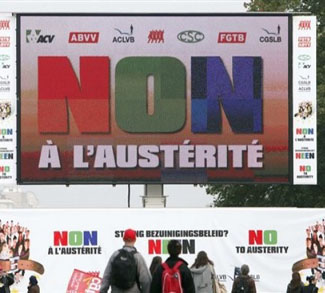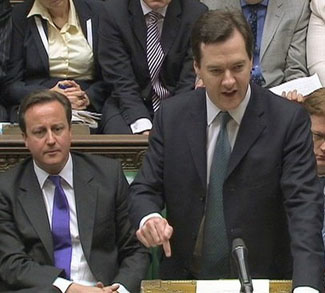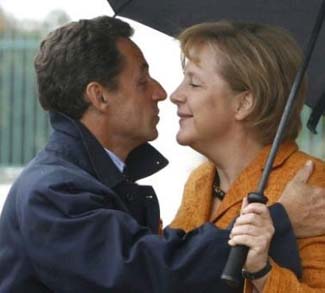European integration grew out of a desperate need to find a way to co-exist. Only then could the once-isolated and culturally unique nations of Europe break the cycle of military conflict that had ravaged the continent throughout its history. The union pulled together a divided Europe and later stretched its arms out to incorporate most of Eastern Europe after the collapse of the Soviet Union. Such a transformation is so remarkable that other regional projects such as the ASEAN Economic Community will undoubtedly find it hard to emulate.
Today, many fundamental questions are posing new challenges to the EU. Youth unemployment, freedom of domicile within the union, immigration, the euro crisis, soaring health costs, rising petroleum prices, food shortages, and terrorism are all issues that deeply concern Europeans; and rightfully so, because there don’t seem to be any easy answers available.
It is obvious to most people that the European project is still incomplete. We had the political revolution symbolized by the blue European Union flag fluttering in the wind that once blew through a divided Europe. The second revolution was an economic one, brought on by common regulation and the introduction of the euro. This revolution is currently presenting great challenges as we discover that common regulation is not so easy, particularly when it needs to bridge the cultural and political divides of member states.
The euro and uniform financial regulation had unforeseen consequences. The perceived strength of the union, a common currency, also had a paradoxical weakness in that it severely limited the utilization of monetary policy, as the EU is now finding out the hard way. Relying almost solely on budgetary mechanisms for fiscal control alongside persistent Keynesian philosophies is just not enough for many member states.
The European Union economic apparatus is thus in need of another mechanism. It turns out that the euro currency is not the “Higgs Boson” particle that everybody anticipated, and another mechanism is needed to financially drive Europe. But like the scientists at CERN know of quantum mechanics all too well, transnational integration is a complicated business and the path to success begins in constituent parts rather than the whole.
Thus, a third revolution will be needed to create the great EU that was originally the stuff of dreams. This revolution will be the hardest of all to achieve. And it’s a mistake to assume that this revolution will come from the committee rooms of the European Parliament. No revolution ever comes from a legislature.
This revolution is a spiritual one about vision for a new Europe and it must come from the streets of Munich, the streets of Paris, villages in Romania, and towers in Barcelona, and so on. The vanguard of this revolution will be the same type of people who triggered the Arab Spring, the uprisings in Burma and Iran, and the Occupy movement in the United States- the young people of Europe.
The European Union must find the right balance between debate and consensus on an overall vision. That vision must permeate into all aspects of society. Without this vision Europe cannot progress and may actually decline. The people of Europe need to find a new identity that carries both meaning and a sense of excitement about the future.
And what must be borrowed by the European Union- that which was once discarded in an attempt to create a pan-European culture- is the “hotchpotch” of cultural diversity that exists among member states. Uniformity does not bring strength; diversity brings strength which has yet been unrecognized. Diversity is what makes Europe great, and the European Commission has tried to boil Europe down to the lowest common denominator over the years. In doing so, Europe has actually been stripped of its biggest strength. Thus, the answer is not in the pan-Euro approach but rather in engaging the diversity within the EU. A European culture should take in both national and pan-European traits and evolve into a single European identity in a natural, bottom-up fashion.
The EU Council is fast becoming a transactional identity rather than the transformational identity it started out as. The bureaucrats have replaced the dreamers and philosophers, and they are setting into motion processes that inhibit rather than encourage diversity and growth. The European Commission must not continue as a top-down regulator, and instead develop sensitivity about what the people of Europe think and feel about important issues.
The citizens of the EU must be encouraged to develop a sense of ownership over the whole process once again.
The opinions, beliefs, and viewpoints expressed by the authors are theirs alone and don’t reflect any official position of Geopoliticalmonitor.com.




